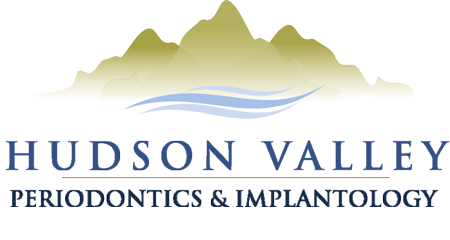Bone grafting is often a preparatory procedure for dental implants. For those who are not good candidates for dental implants, bone grafting can often change that, making it possible for them to experience the highest quality tooth replacement option.
Before you decide whether or not bone grafting is the right treatment for you, here’s what you should know about the procedure.
What is Bone Grafting?
Bone grafting is a procedure used to regenerate lost bone tissue. Dental bone grafting specifically targets the jaw bone where it is common for bone loss to occur after the loss or extraction of teeth.
In a bone grafting procedure a bone fragment is placed under the gums on top of the existing bone. Once the bone graft is placed the gum tissue is closed over it. Over the course of a few months the regeneration process takes place as the existing bone bonds with the bone fragment. New bone cells are formed, making the jaw bone stronger and denser.
Sources for Bone Fragments
The bone fragment used in a grafting procedure may come from any of the following sources:
- Your own body. A bone fragment can be harvested from a larger bone somewhere in your own body.
- A cadaver. A donor body may be used to provide bone fragments for grafting procedures. The bone is thoroughly sterilized before use.
- An animal. In some cases animal bone may be used in dental bone grafting. Again, thorough sterilization of the bone occurs before placement.
- A dental lab. A synthetic bone fragment may be created in a dental lab that can produce the same or similar results as a natural bone.
Why is Bone Grafting Necessary for Dental Implants?
For dental implants to be successful, there must be sufficient bone structure in the jaw to support it. The bone must be a certain width, depth, and density. In the absence of teeth, the jaw bone begins to weaken and resorption takes place, meaning the bone gradually dissolves into the surrounding tissues. When this occurs a patient is not an ideal candidate for dental implants.
However, bone grafting provides a solution. When successful, bone grafting can create a more suitable foundation for one or more dental implants to be placed. Even full mouth reconstruction can be made possible with the help of bone grafting.
Frequently Asked Questions About Bone Grafting
Will I be put to sleep for bone grafting?
In most cases bone grafting can be done with local anesthesia to numb the area being treated, allowing you to remain fully awake. In cases where the bone fragment is being harvested from your own body, sedation or general anesthesia may be required.
What is the success rate of dental bone grafting?
Bone grafting has a 97% success rate, but that depends on a variety of factors, such as the expertise of your periodontist and your own personal healing rate. Following post-procedure instructions is also important to bone graft success.
Schedule a Consultation Today
If you’re interested in dental implants but you’re not sure if you’re a candidate, schedule a consultation with Hudson Valley Periodontics and Implantology. After a brief evaluation we can make a recommendation for the most effective tooth replacement option for you.
Call 845-623-6666 or contact us today to learn more and schedule an appointment.

